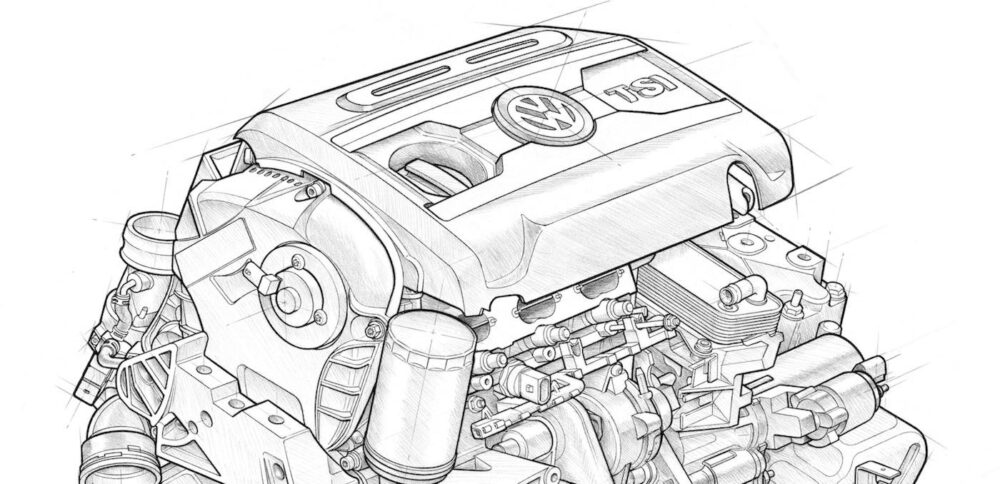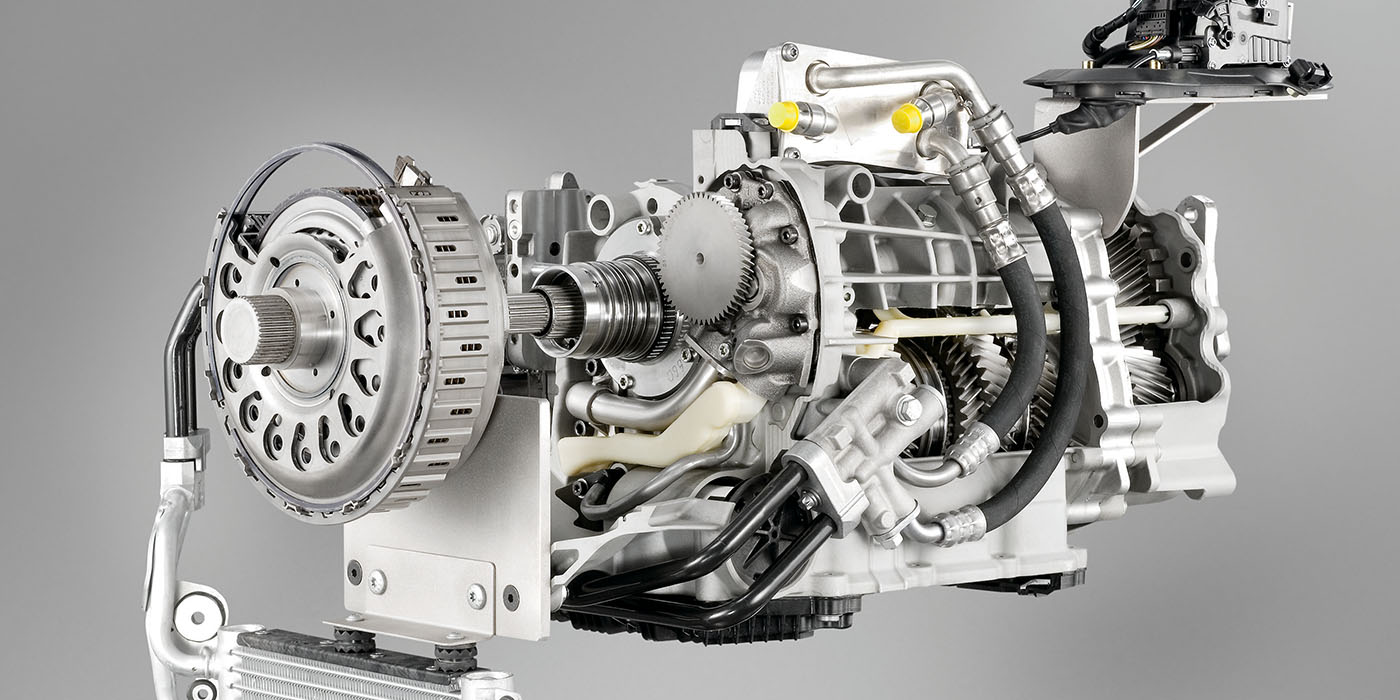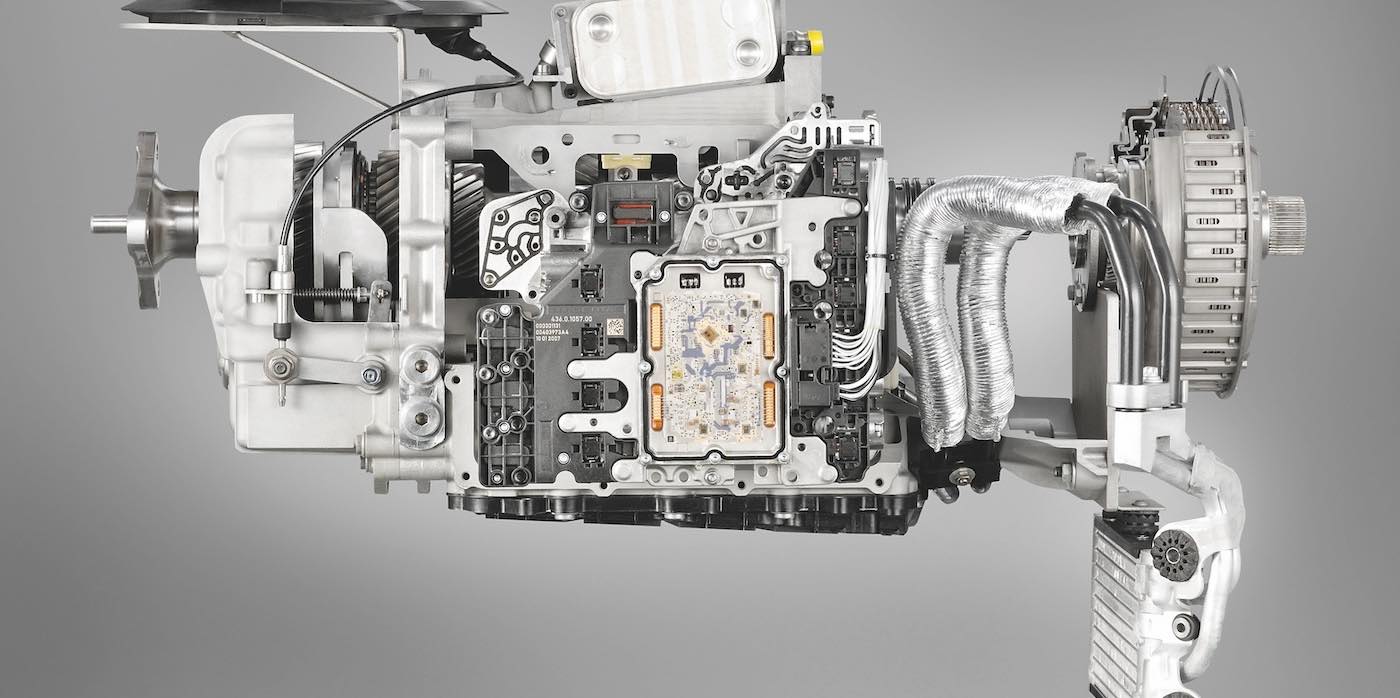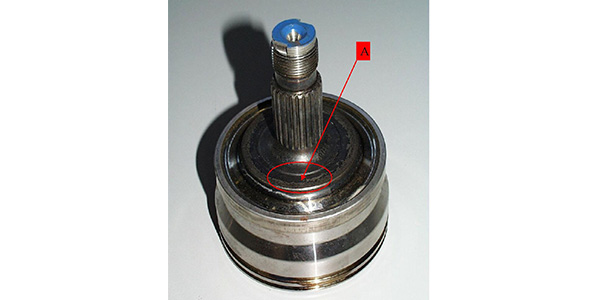
Models: All Mercedes-Benz cars with front-wheel drive and 4×4 vehicles.
Complaint: Single throttle lift-off clunking noise from the side shaft when first taking off (audible at the outboard end). Also, the clunk is heard once when changing from forward to reverse.
Cause: If the complaint is eliminated by experimentally loosening the outboard collar nut by one turn, the complaint is likely due to micro-movement in the connection between the wheel bearing inner race and the joint housing of the side shaft.
Note: The collar nut must always be replaced after being loosened and must be tightened to the specified torque.
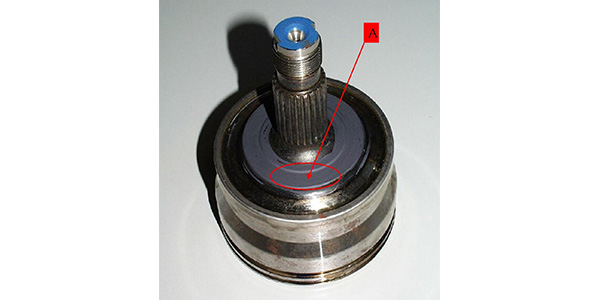
Remedy: Coat the contact surface of the shaft with wheel bearing using Molykote paint. To do this, proceed as follows:
1. Remove the outboard side shafts.
2. Clean the contact surface A (see Photo 1), making sure it is free of debris and oil.
3. Coat the contact surface A (see Photo 2) with Molykote and allow it to dry for one hour.
4. Reinstall the side shafts.





